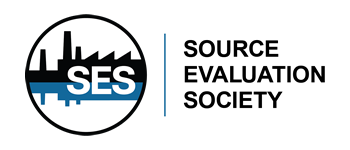| Abstract Title: | Methane emissions from contrasting production regions within Alberta, Canada: Implications under incoming federal methane regulations |
| Presenter Name: | Prof David Risk |
| Co-authors: | Ms Elizabeth O'Connell Ms Emmaline Atherton Dr Evelise Bourlon Dr David Lowry Mr Jack Johnson |
| Company/Organisation: | St. Francis Xavier University |
| Country: | Canada |
Abstract Information :
Aggressive reductions of oil and gas sector methane, a potent greenhouse gas, have been proposed in Canada. Few large-scale measurement studies have been conducted to confirm a baseline. This study used a vehicle-based gas monitoring system to measure fugitive and vented gas emissions across Lloydminster (heavy oil), Peace River (heavy oil/bitumen), and Medicine Hat (conventional gas) developments in Alberta, Canada. Four gases (CO2, CH4, H2S, C2H6), and isotopic 13CCH4 were recorded in real-time at 1 Hz over a six-week field campaign. We sampled 1,299 well pads, containing 2,670 unique wells and facilities, in triplicate. Geochemical emission signatures of fossil fuel-sourced plumes were identified and attributed to nearby, upwind oil and gas well pads, and a point-source gaussian plume dispersion model was used to quantify emissions rates. Our analysis focused exclusively on well pads where emissions were detected >50% of the time when sampled downwind. Emission occurrences and rates were highest in Lloydminster, where 40.8% of sampled well pads were estimated to be emitting methane-rich gas above our minimum detection limits (m = 9.73 m3d1). Of the well pads we found to be persistently emitting in Lloydminster, an estimated 40.2% (95% CI: 32.2%-49.4%) emitted above the venting threshold in which emissions mitigation under federal regulations would be required. As a result of measured emissions being larger than those reported in government inventories, this study suggests government estimates of infrastruc- ture affected by incoming regulations may be conservative. Comparing emission intensities with available Canadian-based research suggests good general agreement between studies, regardless of the measure- ment methodology used for detection and quantification. This study also demonstrates the effectiveness in applying a gaussian dispersion model to continuous mobile-sourced emissions data as a first-order leak detection and repair screening methodology for meeting regulatory compliance.






